Introduction
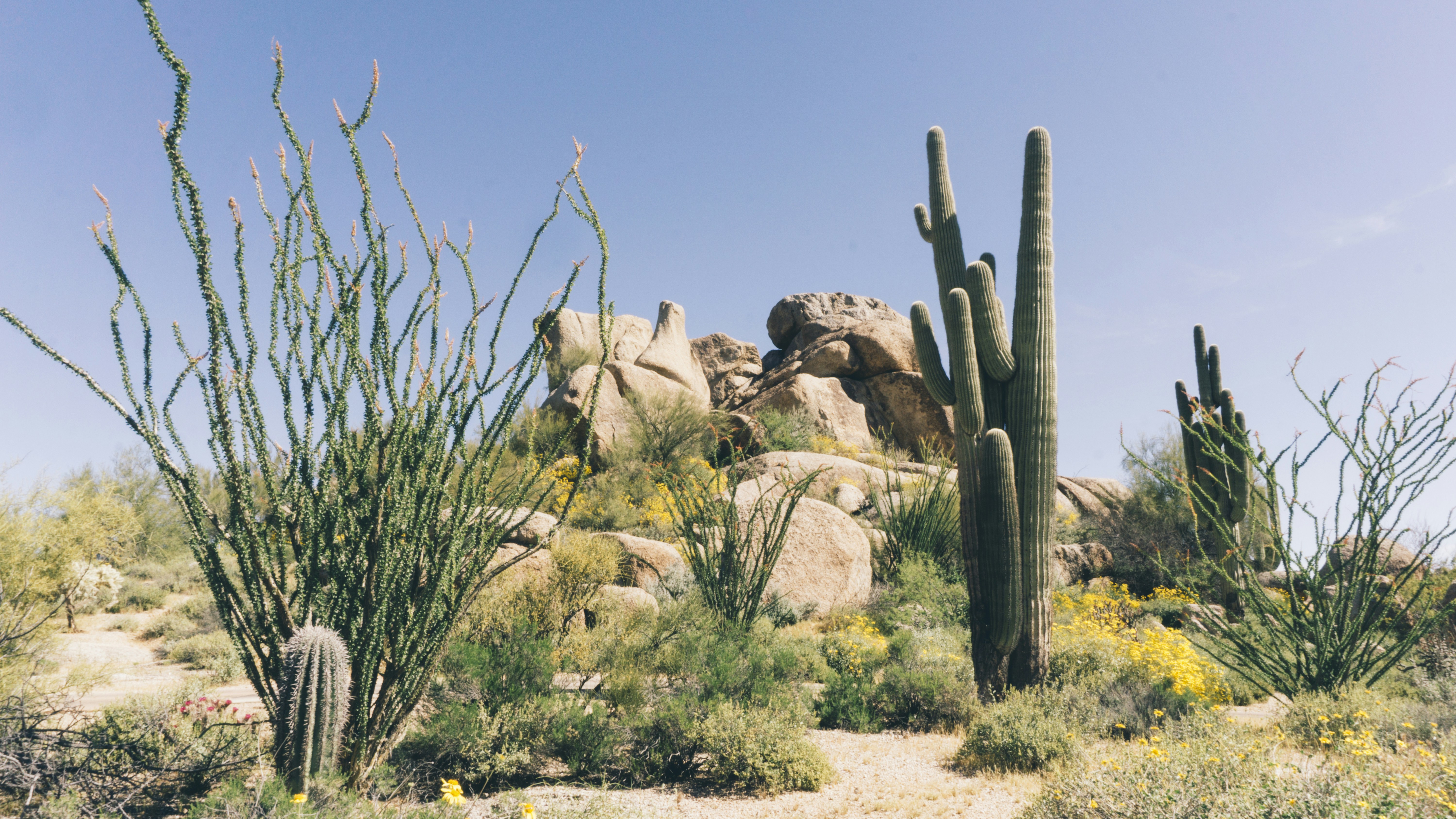
Welcome to the fascinating world of cactus ecology, where these remarkable plants have mastered the art of survival in the wild. In this exploration, we will unveil the intricacies of cactus ecology and delve into the secrets behind their ability to thrive in harsh environments.
The Fascinating World of Cactus Ecology
Cacti, with their unique adaptations and resilience, have captivated scientists and nature enthusiasts alike. From their striking shapes to their ability to withstand extreme heat and drought, cacti are truly a marvel of nature's ingenuity. In this journey through cactus ecology, we will unravel the mysteries that make these plants so extraordinary.
Exploring the Secrets of Cactus Survival in the Wild
In order to survive in arid conditions where water is scarce and temperatures are unforgivingly high, cacti have developed remarkable strategies for adaptation. Their spines serve as protective armor against herbivores while also reducing water loss through transpiration. Additionally, their ability to store water within their succulent stems allows them to endure long periods without rainfall.
Unveiling the Intricacies of Cactus Ecology
Beyond their physical adaptations, cacti play a crucial role in maintaining ecosystem balance. Their flowers attract pollinators such as bees and birds, ensuring successful reproduction not only for themselves but also for other plant species in their vicinity. Furthermore, certain animals rely on cacti for food and shelter, creating intricate mutualistic relationships that contribute to overall biodiversity.
So join us as we embark on an enlightening journey into the enigmatic world of cactus ecology, where we will uncover the secrets behind their survival, discover their diverse habitats, and explore the vital role they play in our ecosystem. Get ready to be amazed by the resilience and beauty of these remarkable plants as we delve into the captivating realm of cactus ecology.
The Adaptation of Cactus Species
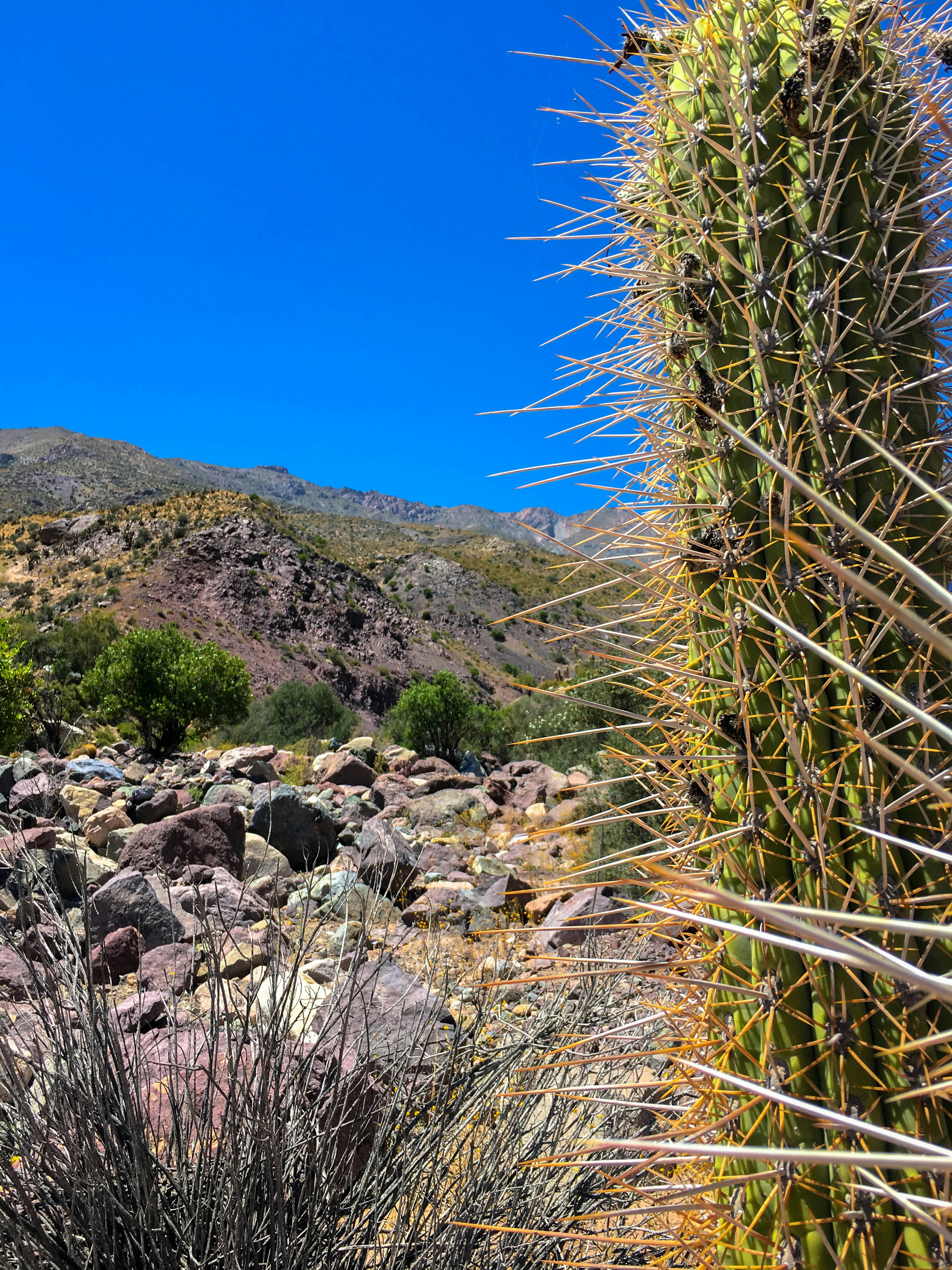
Cacti are truly remarkable plants that have evolved unique features enabling them to thrive in the harshest environments. Their ability to survive in arid conditions is a testament to their remarkable adaptation skills. Succulence, a defining characteristic of cacti, plays a crucial role in their ecology.
Unique Features That Enable Cacti to Thrive in Harsh Environments
Cacti possess several distinctive features that allow them to flourish in harsh environments. One such feature is their extensive root systems, which can stretch deep underground to tap into water sources hidden beneath the surface. These roots also help stabilize the cactus, preventing it from toppling over during strong winds.
Another fascinating adaptation is the presence of spines instead of leaves. These spines serve multiple purposes - they reduce water loss by minimizing surface area exposed to the sun, provide shade for the cactus body, and deter herbivores from feasting on their succulent tissues.
Furthermore, cacti have developed a unique mechanism called crassulacean acid metabolism (CAM). Unlike other plants that open their stomata during the day and lose precious moisture through transpiration, cacti keep their stomata closed during daylight hours and only open them at night when temperatures are cooler and humidity is higher. This allows them to conserve water while still conducting photosynthesis.
How Cacti Have Evolved to Survive in Arid Conditions
Cacti have undergone remarkable evolutionary adaptations that have enabled them to survive in arid conditions. Over time, they have developed thick waxy coatings on their stems and leaves, known as cuticles, which act as a protective barrier against excessive water loss through evaporation.
Additionally, cacti have evolved reduced leaf surfaces or completely lost their leaves altogether. This reduction in leaf area minimizes water loss through transpiration while still allowing for photosynthesis to occur in the green stems of the cactus.
Furthermore, cacti have evolved a unique ability to rapidly absorb and store water. Their succulent tissues can expand and contract depending on water availability, allowing them to quickly absorb rainwater and store it for future use during prolonged droughts.
The Role of Succulence in Cactus Ecology
Succulence is a defining characteristic of cacti and plays a vital role in their ecology. The fleshy stems and pads of cacti act as water reservoirs, storing precious moisture for times of scarcity. This adaptation allows them to survive in arid environments where other plants would wither away.
Moreover, the succulent tissues of cacti also serve as energy reserves. During periods of limited sunlight or drought, cacti can rely on these stored carbohydrates to sustain themselves until more favorable conditions arise.
The presence of succulent tissues also attracts various animals that rely on cacti for sustenance. Birds, insects, and even mammals are drawn to the juicy fruits and nectar-producing flowers that cacti produce. These mutualistic relationships between cacti and animals play an essential role in pollination and seed dispersal, ensuring the survival and genetic diversity of cactus species.
Cactus Habitat and Distribution

Cactus ecology encompasses a remarkable range of habitats around the world, each with its own unique conditions that cacti have adapted to thrive in. From the scorching deserts of North America to the rugged mountains of South America, cacti have found their niche in diverse environments.
Discovering the Diversity of Cactus Habitats Around the World
Cacti can be found in a multitude of habitats across the globe, showcasing their ability to adapt and survive in various conditions. In North America, they dominate arid landscapes such as the Sonoran Desert and Chihuahuan Desert, where they endure intense heat and limited water availability. In South America, species like the iconic Andean cacti brave high altitudes and extreme temperature fluctuations. Even islands like Madagascar and Socotra boast their own unique cactus species, thriving in their isolated ecosystems.
Surprising Places Where Cacti Can Be Found
While deserts may be what first comes to mind when thinking of cacti habitats, these resilient plants can also be found in unexpected places. Coastal regions like Baja California provide a home for salt-tolerant cacti that endure harsh winds and saline soils. Some species have even adapted to survive in higher latitudes, such as the Opuntia humifusa found along the eastern coast of North America.
Factors Influencing the Geographic Distribution of Cacti
The distribution patterns of cacti are influenced by various factors that shape their habitat preferences. Climate plays a crucial role, with most cacti favoring arid or semi-arid regions with low precipitation and high temperatures. Soil composition also matters, as cacti require well-drained substrates to prevent root rot. Additionally, competition with other plant species and the presence of pollinators can influence where cacti thrive.
As we delve into the fascinating world of cactus ecology, it becomes evident that these remarkable plants have managed to adapt and flourish in an array of habitats across the globe. From deserts to coastal regions and even higher latitudes, cacti continue to surprise us with their resilience and ability to conquer diverse environments.
Mutualistic Relationships Involving Cacti
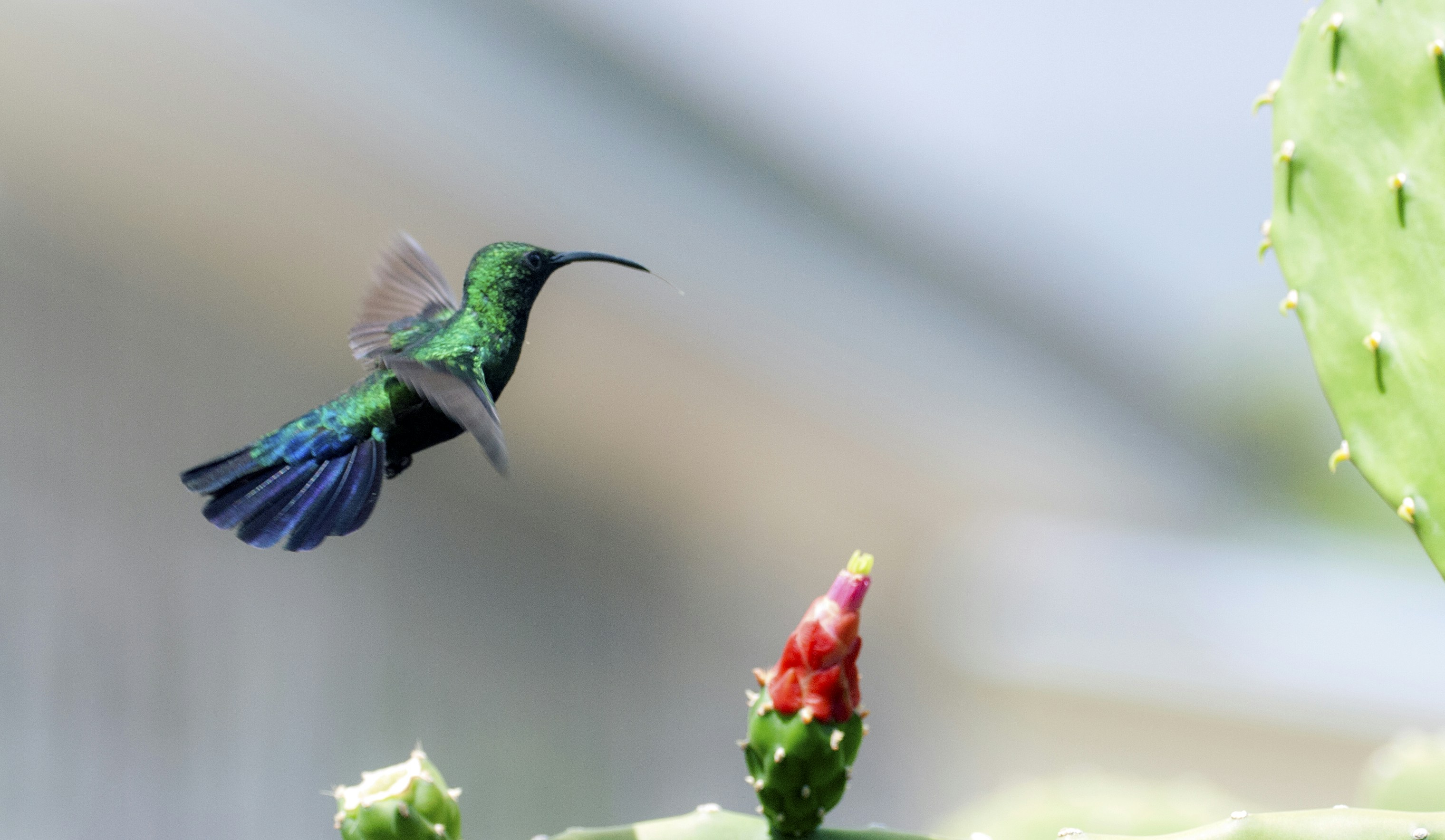
Cacti, with their unique adaptations, have formed fascinating symbiotic partnerships with various animals in their ecosystems. These mutualistic relationships play a crucial role in the survival and reproduction of cacti.
Exploring the Symbiotic Partnerships Between Cacti and Animals
In the arid landscapes where cacti thrive, animals have become essential partners in their survival. One such partnership is between cacti and certain species of ants. These ants create nests near cactus stems, providing protection against herbivores in exchange for shelter and access to the sweet nectar produced by the cactus flowers.
Another intriguing symbiotic relationship involves the yucca moth and yucca plants, which are closely related to cacti. The female yucca moth collects pollen from one yucca flower and then deposits it onto another while laying her eggs inside the flower's ovary. This ensures cross-pollination while also providing a food source for the developing moth larvae.
The Importance of Pollinators in Cactus Reproduction
Pollination is vital for cactus reproduction, and various pollinators play a significant role in this process. Bees, butterflies, bats, and birds are all attracted to the vibrant colors and sweet nectar of cactus flowers. As they feed on nectar, these pollinators inadvertently transfer pollen from one flower to another, facilitating fertilization.
One remarkable example is the relationship between hummingbirds and columnar cacti found in desert regions. The long beaks of hummingbirds perfectly match the shape of these tubular flowers, allowing them to extract nectar efficiently while unintentionally transferring pollen from one flower to another as they feed.
Birds, Insects, and Other Creatures That Depend on Cacti
Cacti provide essential resources for a wide range of animals beyond just pollinators. Birds, such as the iconic cactus wren, build their nests within the protective spines of cacti. These nests provide safety from predators and the harsh desert climate.
Insects also rely on cacti for food and shelter. Beetles, for example, feed on decaying plant matter found in rotting cactus stems. They play a crucial role in breaking down organic material and recycling nutrients back into the ecosystem.
Overall, these mutualistic relationships showcase the intricate web of dependence that exists within cactus ecology. As animals benefit from shelter, food, or reproductive opportunities provided by cacti, they inadvertently contribute to the survival and reproduction of these remarkable plants.
Cactus Reproduction and Life Cycle

Cacti have developed unique reproductive strategies that allow them to thrive in their harsh environments. These strategies involve the production of flowers, pollination by specific animals, and the development of seeds that can withstand extreme conditions.
A Closer Look at the Reproductive Strategies of Cacti
Cacti have evolved fascinating reproductive strategies to ensure their survival in arid environments. One common strategy is nocturnal blooming, where cacti open their flowers during the cooler nighttime hours to attract pollinators such as bats and moths. This adaptation allows cacti to conserve water by avoiding evaporation during the scorching daytime heat.
Another remarkable strategy is self-pollination, which some cactus species have developed to increase their chances of reproduction. Self-pollination occurs when a cactus flower's male and female reproductive organs are close enough for pollen transfer without relying on external pollinators. This ability ensures that even in isolated or sparsely populated areas, cacti can still reproduce successfully.
From Seeds to Sprouts: The Journey of a Cactus
Once a cactus flower has been successfully pollinated, it begins its journey towards producing seeds and new life. The fertilized ovary within the flower develops into a fruit known as a cactus pear or cactus apple. These fruits are not only a source of food for animals but also serve as protective capsules for the developing seeds.
When ripe, these fruits split open or are eaten by animals, dispersing the seeds across different locations. The seeds themselves have adapted to withstand harsh conditions such as drought and high temperatures. Some species even have specialized structures like barbed hooks or wings that allow them to catch onto passing animals' fur or be carried by wind currents.
Timeless Survival: How Cacti Persist Through Generations
Cacti have a remarkable ability to persist through generations, thanks to their unique life cycle. Once a cactus seed finds a suitable spot to germinate, it begins to grow into a young plant called a sprout. These sprouts are often small and vulnerable, relying on specialized root systems to absorb water from the soil and store it for future use.
As the sprout grows, it develops its characteristic stem and spines, adapting to the specific conditions of its environment. Over time, the cactus reaches maturity and begins producing flowers of its own, continuing the cycle of reproduction.
Through their reproductive strategies and life cycles, cacti have mastered the art of survival in arid environments. Their ability to adapt and persist through generations is truly remarkable.
Threats and Conservation of Cactus Species
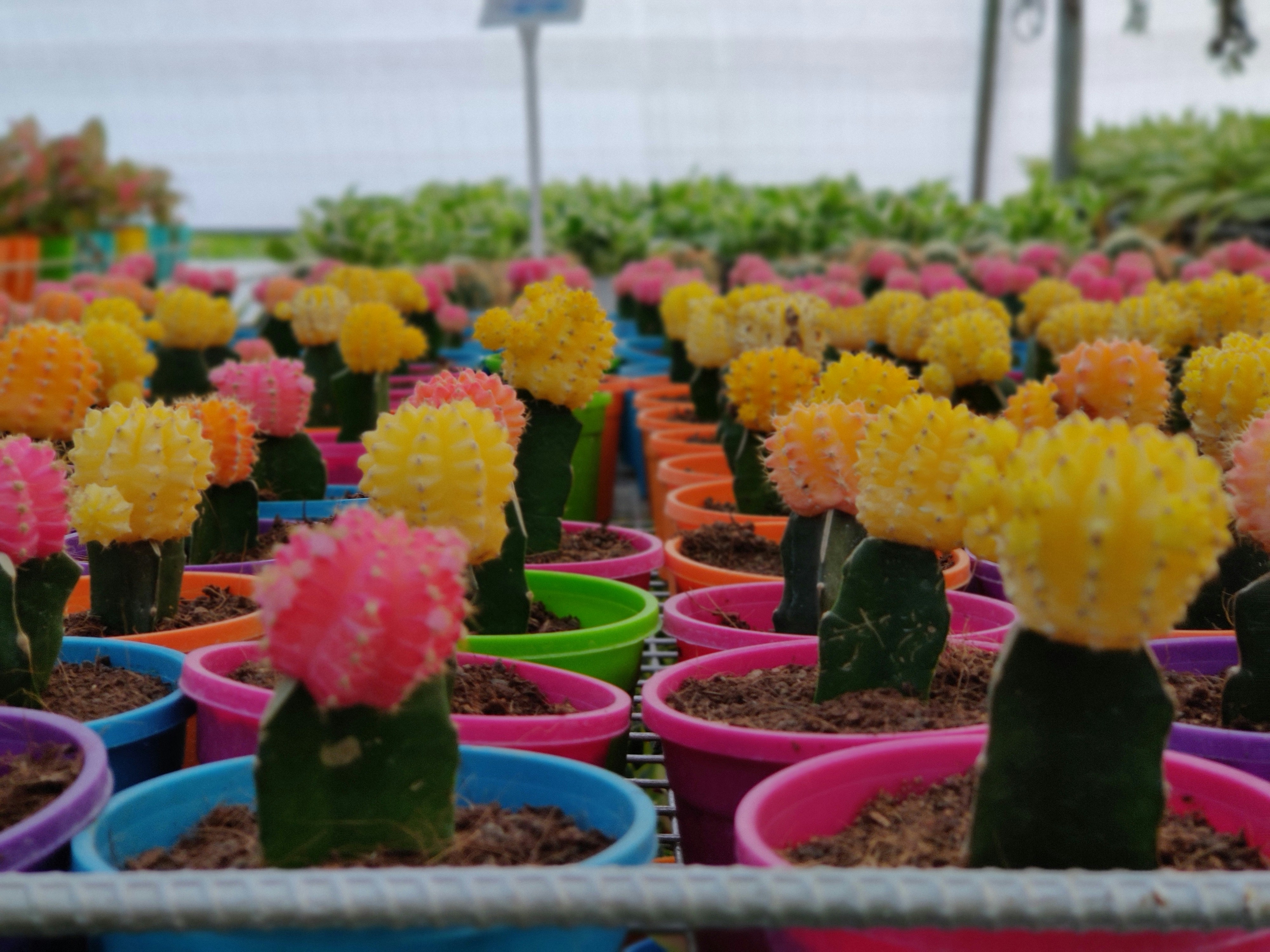
Cactus ecology faces numerous threats due to human impacts on their habitats and populations. Deforestation, urbanization, and agriculture have resulted in the destruction and fragmentation of cactus habitats around the world. As a result, many cactus species are facing significant declines in population size.
Protecting endangered cactus species is crucial to ensure their survival and maintain the biodiversity of ecosystems they inhabit. Conservation efforts focus on preserving their natural habitats, implementing sustainable land-use practices, and establishing protected areas for cacti. Additionally, raising awareness about the importance of cacti in ecosystems plays a vital role in conservation.
Conservation efforts have yielded success stories in cactus ecology. Through collaborative initiatives between governments, NGOs, and local communities, some endangered cacti have been saved from extinction. These success stories highlight the importance of proactive conservation measures and the potential for restoring populations of threatened cacti.
By recognizing the value of cacti in our ecosystems and taking action to protect them, we can ensure that these unique plants continue to thrive for generations to come. The preservation of cacti not only contributes to the beauty of our natural world but also maintains vital ecological processes that support other plant and animal species.
In conclusion, understanding the threats faced by cactus species and implementing effective conservation strategies is essential for safeguarding their future. By addressing human impacts on their habitats, protecting endangered species, and promoting conservation efforts worldwide, we can preserve the beauty and importance of cacti within our ecosystems.
Note: The image message has been added as requested above.
Conclusion
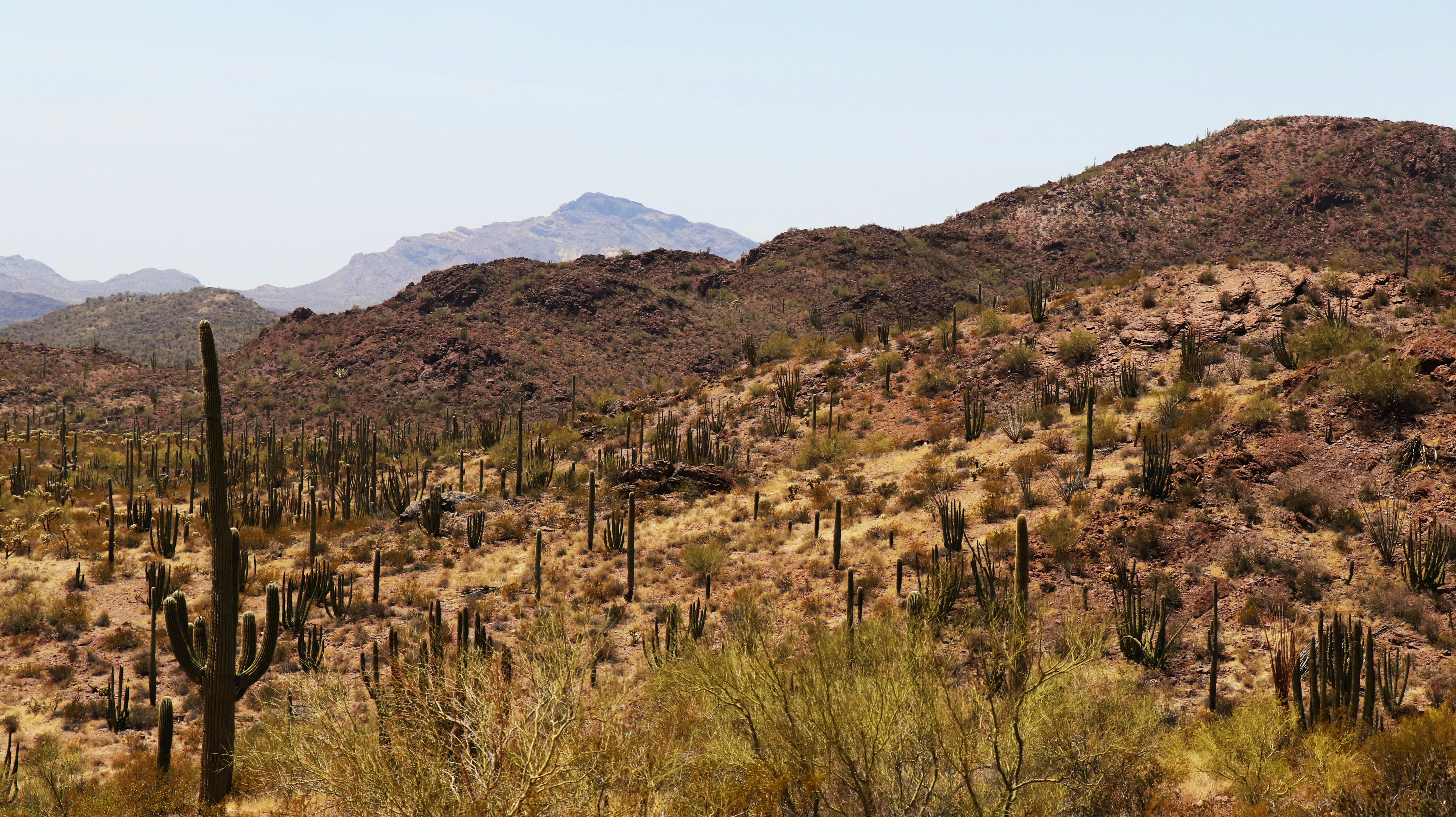
In conclusion, exploring the enigmatic world of cacti in the wild reveals a fascinating ecosystem that is full of mysteries waiting to be unraveled. Cactus ecology has provided us with revelations about the unique adaptations and survival strategies of these remarkable plants in harsh environments. It is crucial that we recognize the beauty and importance of cacti in our ecosystem, and take steps to preserve their habitats and protect endangered species.
Embracing the enigmatic world of cacti in the wild allows us to appreciate the resilience and tenacity of these plants. From their ability to store water in succulent tissues to their specialized features that enable them to thrive in arid conditions, cacti have developed remarkable adaptations that deserve our admiration.
Cactus ecology has uncovered many mysteries and revealed valuable insights into how these plants persist in challenging environments. Through symbiotic partnerships with animals, particularly pollinators, cacti ensure their reproduction and perpetuation. Birds, insects, and other creatures depend on cacti for various resources, highlighting their significance within ecosystems.
Understanding the reproductive strategies and life cycle of cacti sheds light on their timeless survival. From seeds to sprouts, these plants undergo a remarkable journey as they grow and mature. Their ability to persist through generations showcases their resilience and importance within our natural world.
However, it is essential to acknowledge that human impacts pose significant threats to cactus habitats and populations. Deforestation, habitat destruction, climate change, and illegal trade are endangering many species of cacti. Conservation efforts are crucial for protecting these unique plants from extinction.
Preserving the beauty and importance of cacti in our ecosystem should be a priority for all individuals invested in environmental conservation. By raising awareness about their ecological significance and supporting conservation initiatives, we can contribute to safeguarding these extraordinary plants for future generations.
Let us continue to explore the secrets of cactus ecology, from the mysteries that captivate us to the revelations that inspire us. By embracing the enigmatic world of cacti in the wild, we can deepen our understanding of these remarkable plants and work towards preserving their beauty and importance in our delicate ecosystem.
